A poorly executed technical solution may have drawbacks for an organization’s information technology environment. Neglecting the maintenance of your organization’s IT applications and services may result in poor system performance and, potentially, a breakdown of your whole environment. A lack of capacity may cause your technology to malfunction, impairing your company’s ability to run. Here are the top 10 failures:
1. TiVo
TiVo was one of the earliest DVRs or digital video recorders, to hit the market — and a brand so popular that it became a verb — continues to produce some of the best set-top boxes on the market. However, the corporation is included on this list because it behaved well when it should have dominated. For example, instead of suing when cable companies introduced their DVRs, TiVo waited to see if they could reach an agreement because it depended on the TV providers. The company then muted its ground-breaking commercial-skipping features rather than tout how superior TiVo devices were to cable DVRs. Finally, when TiVo did catch on, it was too late – cable provider DVRs were everywhere.
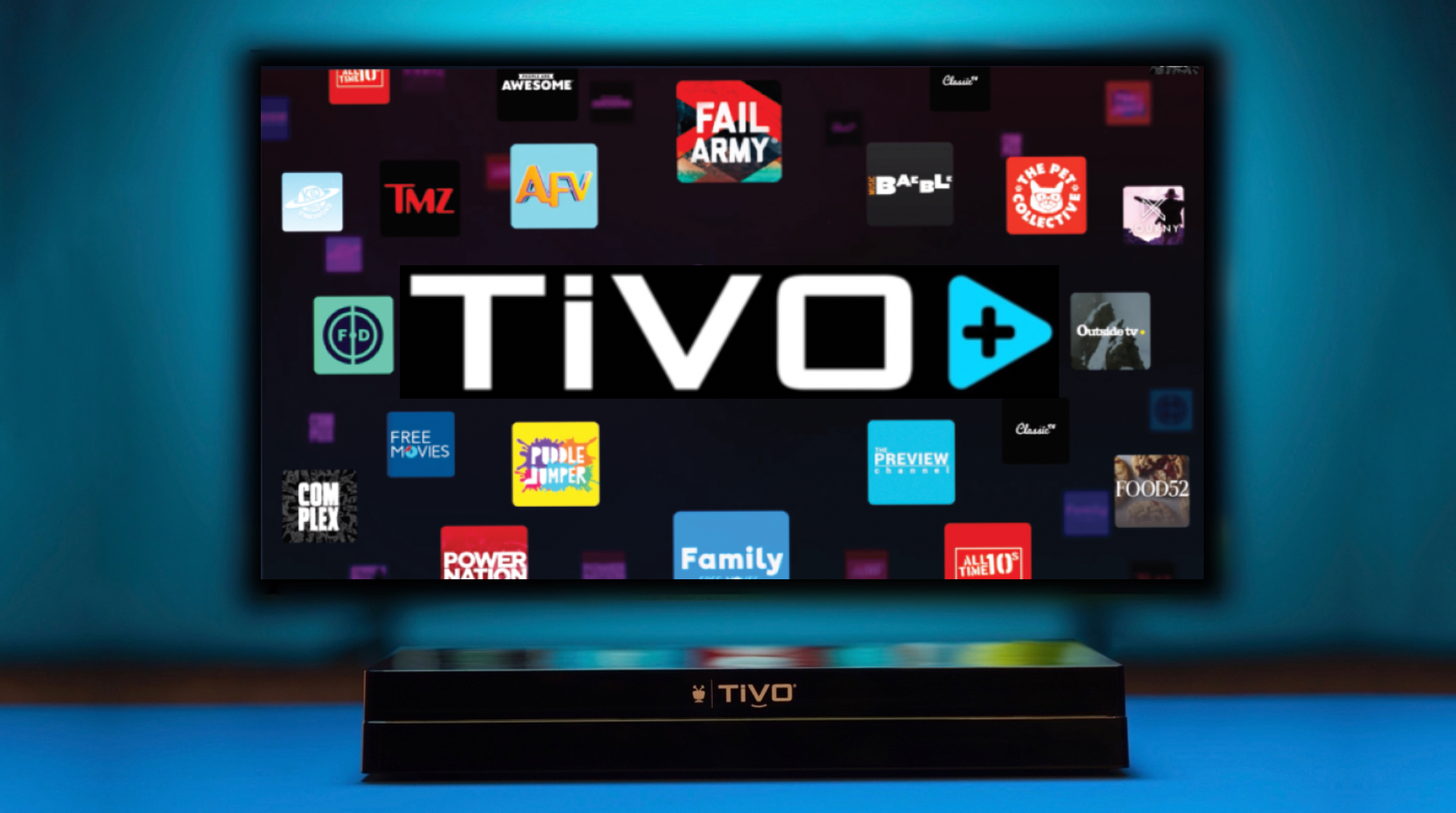
2. Virtual Boy
The Virtual Boy, launched by Nintendo in 1995, was a physically unpleasant jumble of a game system. It was not virtual but rather a rudimentary tabletop approximation of what moviegoers now commonly experience when they put on stereoscopic 3D glasses. But designer Gunpei Yokoi’s fundamental blunder was crucial: it got people thinking about virtual reality decades before actual virtual headgear like the Oculus Rift was available.

3. MapQuest
MapQuest was formerly one of the best alternatives for acquiring driving instructions before embarking on a road trip. While it still exists (it was the second-most utilized mapping service in the United States in 2015), Google Maps, Apple Maps, and other smartphone-based GPS services have rendered pre-printed driving directions obsolete. Nonetheless, the site was many users’ first step into acquiring driving instructions from the Internet, which led to the far-enhanced services we now have.

4. The Daily
The Daily, a News Corp.-backed virtual daily, debuted with much fanfare during the honeymoon period after Apple’s first iPad presentation. It included bright graphics, integrated video, and innovative methods for readers to engage with the content. However, the e-paper needed a monthly membership via the iTunes Store and a strategy that proved untenable. While The Daily stopped after less than two years, many media companies are still moving towards mobile devices as the future – yet profitability remains largely uncracked.

5. Pebble
Apple and Samsung might have promoted smartwatches, but Pebble was there first. In 2012, the original Pebble was the most popular crowdfunded product of all time, raising over $10 million. In addition, the brand has built a robust developer community, with dozens of third-party applications and watch faces accessible. But the smartwatch industry was too tiny for Pebble to last long when the world’s greatest digital heavyweights jumped in. Pebble stated in December 2016 that it would sell its technology and other assets to Fitbit.
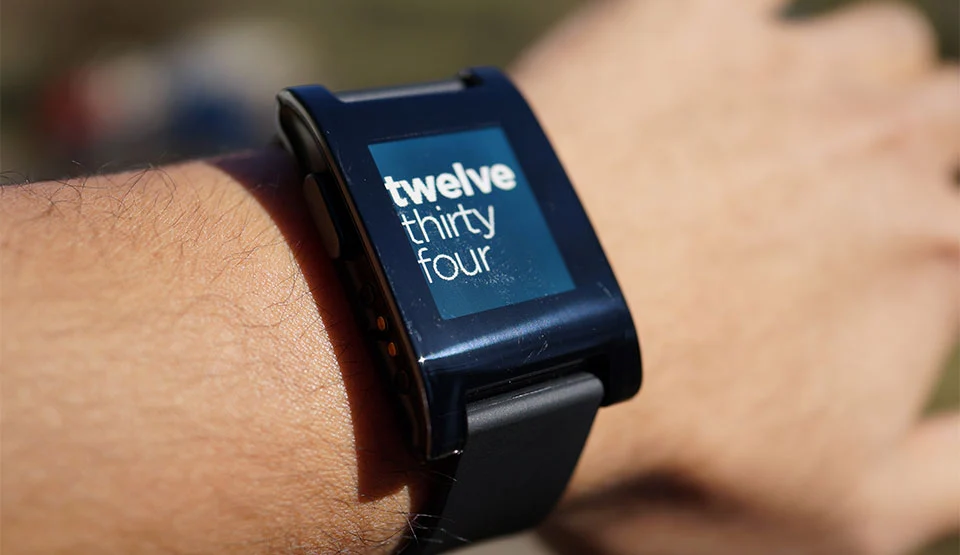
6. Segway
Perhaps no device recalls the early twentieth century more than the Segway, a personal motorized scooter that passengers operate by leaning in one direction or the other. Segways were designed as a new innovative mode of mobility and are now limited to the realms of mall cops and tour groups. But, for some reason, innovators were never tired of attempting to replace the tried-and-true mobility mode of walking—the Great Electric Scooter Craze of 2015-16 could bring us back to this stand-up scooter.

7. Dreamcast
Sega’s spiral-topped, candy-buttoned farewell system was the video gaming behemoth purchasers didn’t realize they wanted a half-decade too soon. It combined home-arcade dream fulfillment with a built-in modem for online multiplayer (a console first) and controllers with second displays years before Nintendo’s DS handhelds. Unable to entice players captivated by the marketing frenzy around next-generation Sony and Nintendo systems, the Dreamcast has subsequently become a model of how to fail in the industry but go out with a bang.
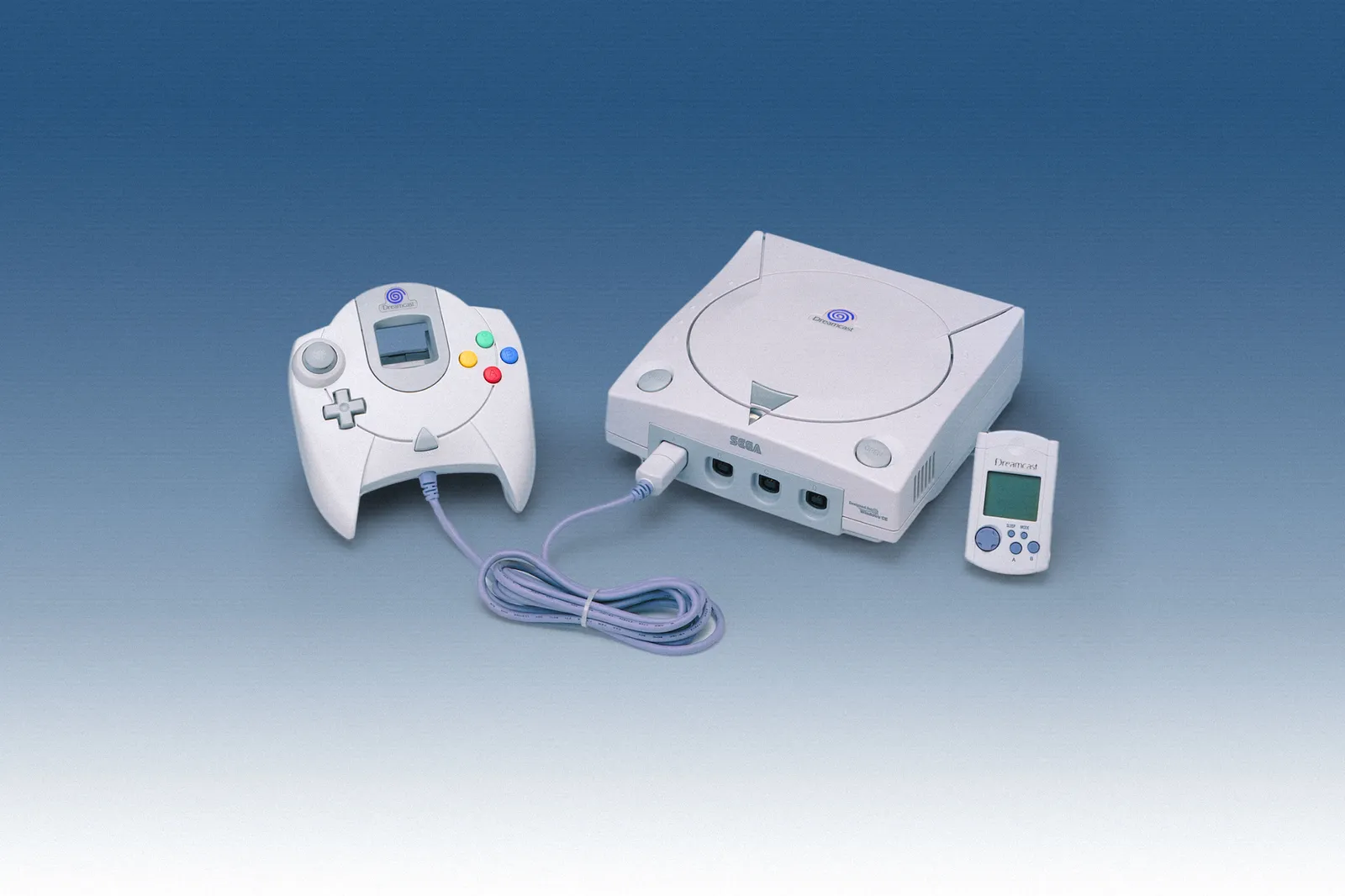
8. Google Glass
The headset’s insane price ($1,500) and privacy concerns prohibited it from being widely available. Glass makes it simple to record video discreetly, prompting numerous nightclubs, restaurants, and movie theaters to ban the device. While Google Glass was not successful, it taught us about wearable technology.

9. AltaVista
Because no one appeared to know what else to do, it was neglected and poorly managed. AltaVista’s parent company has changed throughout the years, from Digital Equipment, which Compaq purchased in 1998, to CMGI the following year, and finally to Overture in 2003, which Yahoo purchased later that year. In 2013, Yahoo formally discontinued AltaVista, and Google continues to dominate the Internet search scene.
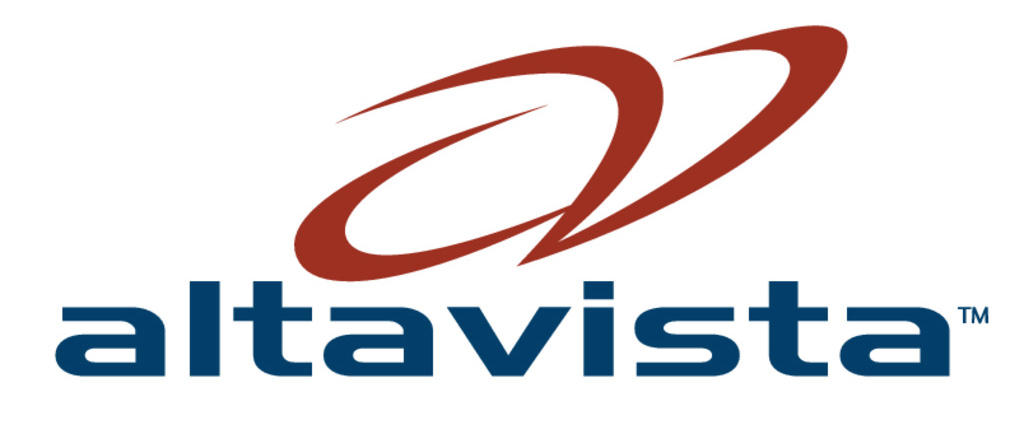
10. Betamax
Betamax was superior to VHS and only failed because Sony mishandled its marketing. That’s roughly half right. In reality, Betamax’s technical credentials were minor (even among videophiles), and this, combined with its higher price tag, made VHS the consumer’s choice. Though its technological influence was little, Betamax’s iconic position in the videotape format wars of the late twentieth century provided the theoretical framework for all subsequent binary platform disputes.
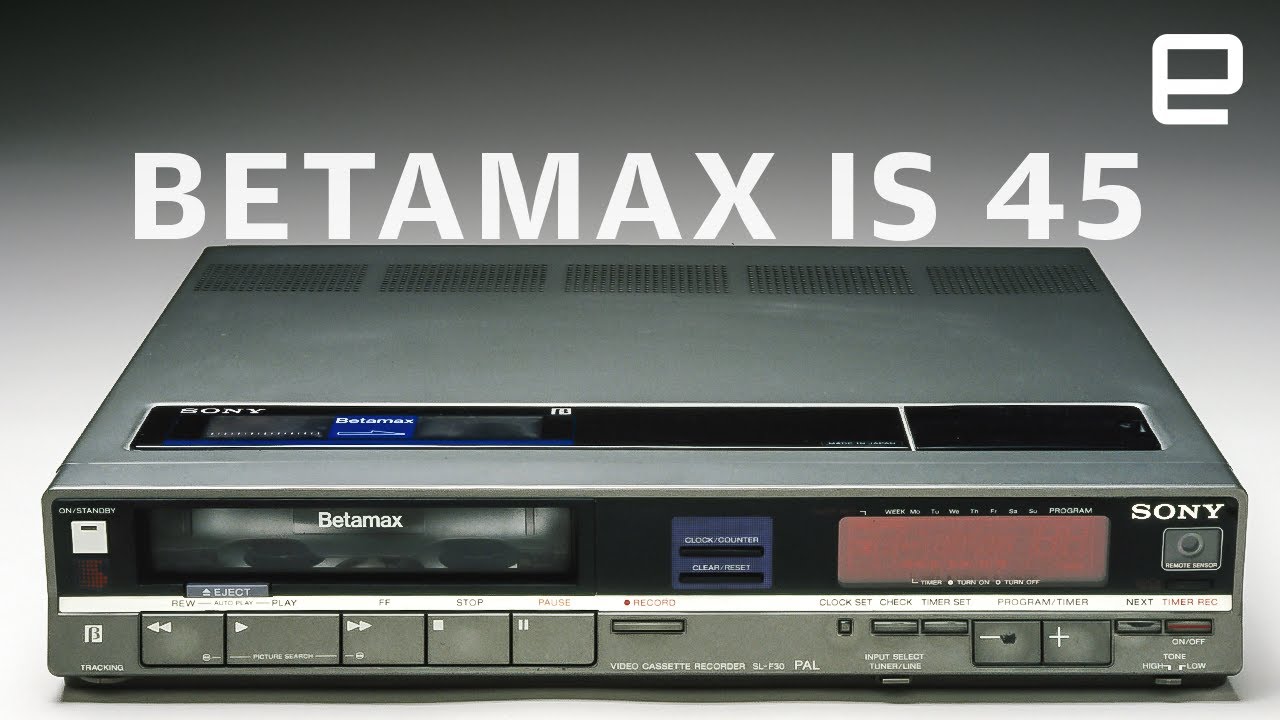
Conclusion
Here is a list of failures, yet they led to success or may still lead towards something world-changing. Unsuccessful product lines populate the technology graveyard: remember the Apple Newton? What about Microsoft’s Zune? How about Amazon’s Fire Phone?


















